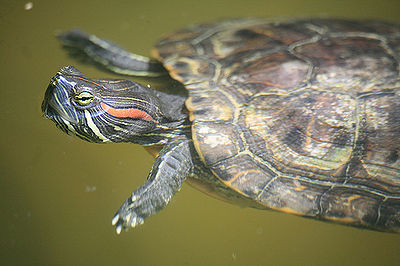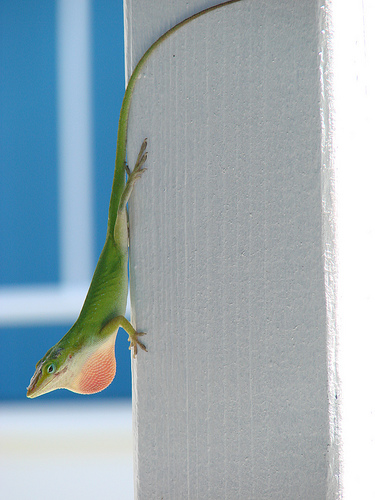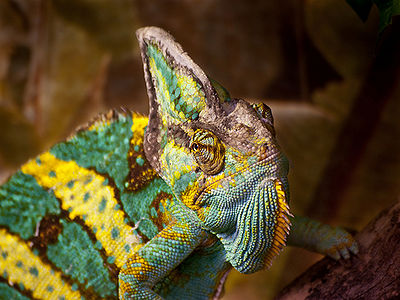
The Red-eared Slider Turtle is a member of the Emydidae. The three subspecies include the Red-eared Slider, the yellow-bellied slider (Georgia, Carolinas, Virginia)and the Cumberland slider (Tennessee). The Red-eared Slider is native to the Mississippi from Louisiana north to South Michigan and west through Texas, Oklahoma and Kansas. This slider has a broad red stripe from the back of the eye extending onto the neck. The Red-eared Slider is a tough critter, surviving environmental changes, being treated roughly and enduring changes in habitat. Its survival is attributed to its adaptability to a wide range of temperature changes. Sliders are found in the freshwaters of slow moving parts of large rivers and swamps.
A 20 gallon aquarium with a wire mesh cover is appropriate for hatchling sliders. Direct sunlight provides the best light, but when this is not available, UVA and UVB fluorescent lighting installed 1 1/2 feet above the tank with a day/night timer will serve. You can also provide a basking lamp over an area where the slider will bask. Your slider should have a place out of the water to rest. Be sure to secure all lights so they cannot fall into the water. In order to maintain water temperature of 75 degrees, use a submersible heater with thermostat. An underwater filter will help maintain the water at a good quality. But you’ll still need to change the water regularly. When your hatchling grows to adulthood, it needs a 125 gallon tank for a female or a 75 gallon tank for a male
You can also keep sliders outdoors in most of the United States in ponds dug 2 1/2 feet deep or 4 feet if the pond will freeze in winter.
Diet should consist of a variety of meat and vegetables. Since they prefer the meats, it’s best to feed the 2 groups at different times. Meat can be crickets, earthworm and shrimp. Cooked chicken and beef can be served as a treat once in a while. Your slider can snack on leafy vegetables like romaine lettuce and carrots, squash, green beans and aquatic plants. You can supplement the natural feedings with commercial turtle chow. Feed juveniles daily and adults every other day. Food can be the same size in volume as the turtle’s head and neck. Feeding the turtle out of the enclosure will keep the tank cleaner. Keep a cuttlebone in the tank to provide calcium. Add a reptile multivitamin with D3 to food twice weekly.
Federal laws concerning turtles, especially the sale of turtles under 4 inches long can be found here: [1]. These laws were enacted to protect consumers, particularly children, from salmonella and also work to protect turtles who have a high mortality rate in the pet trade.
Video
Owning a Red-eared Slider is a commitment as, if cared for properly, they can live more than 40 years. If you are prepared for the responsibility of caring for the Slider, then they are great pets.



